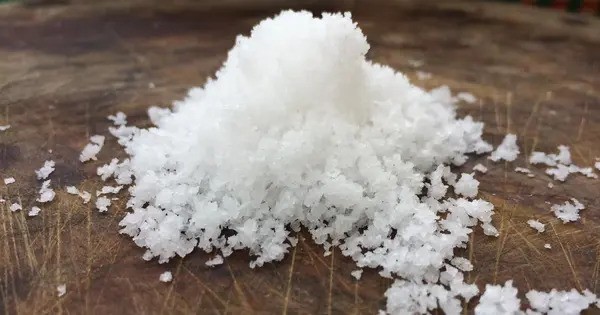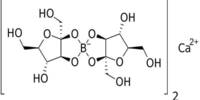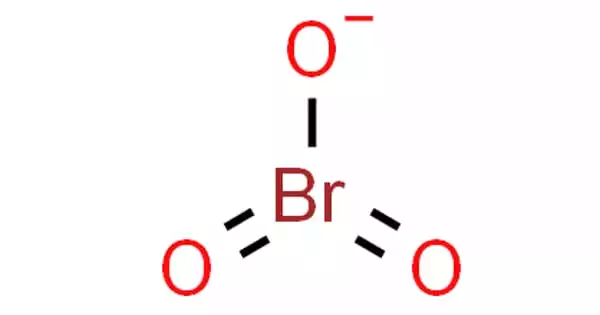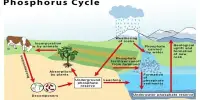Radium bromide is the bromide salt of radium, with the formula RaBr2. It is produced during the process of separating radium from uranium ore. It is a salt that forms when radium reacts with bromine. Given that radium is radioactive, radium bromide is also highly radioactive and should be handled with caution.
This inorganic compound was discovered by Pierre and Marie Curie in 1898, and the discovery sparked a huge interest in radiochemistry and radiotherapy. Since elemental radium oxidizes readily in air and water, radium salts are the preferred chemical form of radium to work with. Even though it is more stable than elemental radium, radium bromide is still extremely toxic, and can explode under certain conditions.
Properties
Radium bromide is a luminous salt that causes the air surrounding it, even when encased in a tube, to glow a brilliant green and demonstrate all bands of the nitrogen spectrum. It is possible that the effect of the alpha radiation on the nitrogen in the air causes this luminescence. Radium bromide is highly reactive and crystals can sometimes explode, especially if heated. Helium gas evolved from alpha particles can accumulate within the crystals, which can cause them to weaken and rupture.
- Chemical formula: RaBr2
- Molar mass: 385.782 g/mol
- Appearance: white orthorhombic crystals
- Density: 5.79 g/cm3
- Melting point: 728 °C (1,342 °F; 1,001 K)
- Boiling point: 900 °C (1,650 °F; 1,170 K) sublimes
- Solubility in water: 70.6 g/100 g at 20°C
Production
Radium is obtained from uranium or pitchblende ores by the “Curie method”, which involves two major stages. In the first stage the ore is treated with sulfuric acid dissolves many components. The residue contains, barium, radium, and lead sulfates. The mixture will then be treated with sodium chloride and sodium carbonate to remove the lead. The second stage involves separation of the barium from the radium.
Natural Occurrence
Radium bromide does not occur freely in nature. Instead, radium typically appears in trace amounts in uranium and thorium ores, such as pitchblende (now known as uraninite), and in the decay chains of these elements. It is most commonly found in the form of radium salts like radium chloride, bromide, and sulfate.
Uses
Radium bromide, like other radium compounds, was historically used in various applications, including in the production of luminous paints and in medical treatments. However, due to the high toxicity and radioactivity of radium, it is no longer widely used today.
Radium compounds were once used in medicine, but their use has been largely discontinued due to the dangers associated with radiation exposure.
Safety
- Radium and its compounds, including radium bromide, are highly radioactive. Prolonged exposure to radium can lead to severe health issues, including radiation poisoning and cancer.
- Handling of radium bromide requires strict safety measures, including proper shielding and protective equipment, to avoid radiation exposure.
















